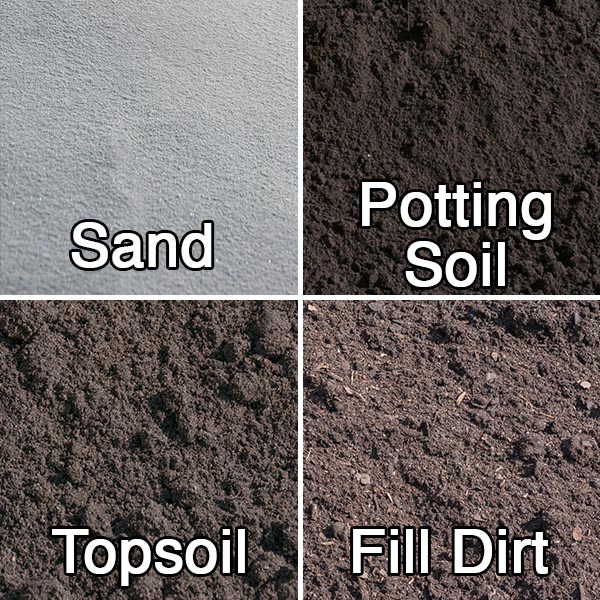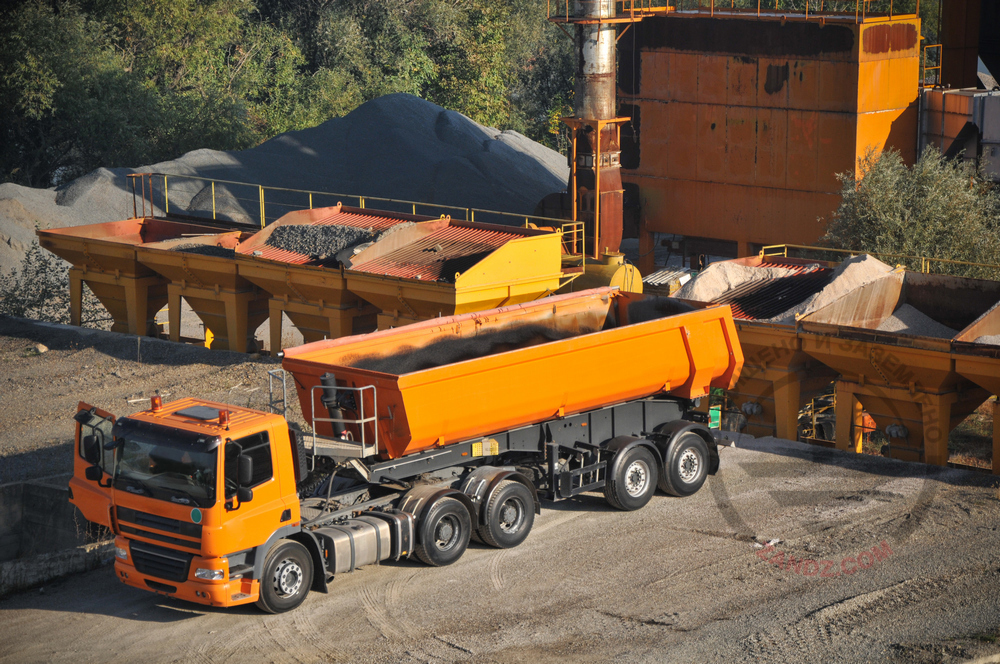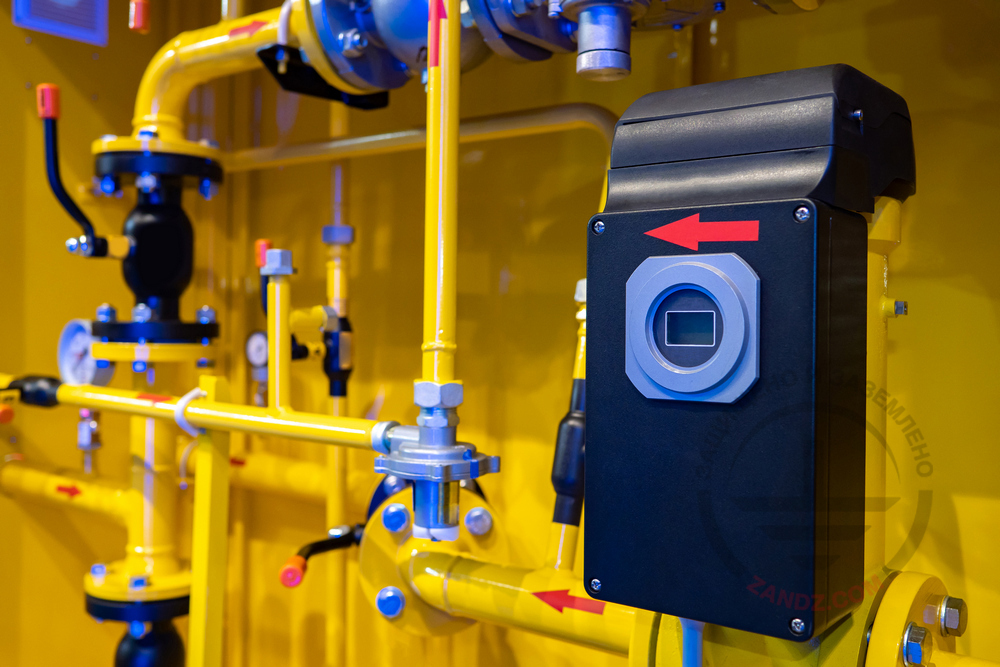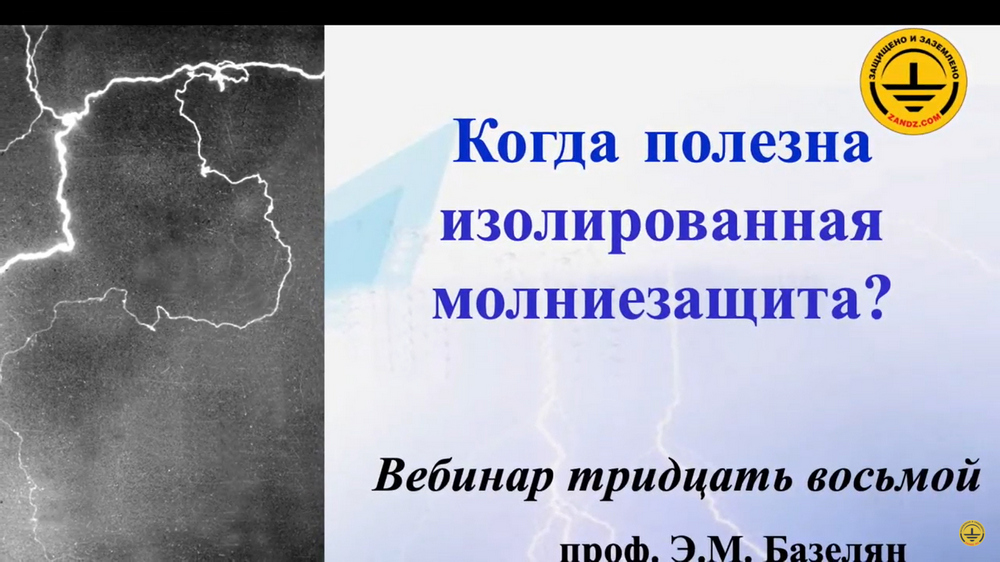The most popular question related to the selection of a grounding device sounds like this: "I have a house of 4x5 m, and an electrical stove is the only electrical appliance there. Is ZZ-6 kit suitable for me? " When choosing a grounding device you must know and the soil resistivity. Why? Here's the answer!

Soil resistivity is an important value in determining the length and number of ground electrodes. This is the value we should consider a starting point, for example when selecting between one electrode 6 meters long and three electrodes 5 meters long.
Our task is to achieve a much lower grounding resistance than the soil resistivity, or in simple words, to make fewer obstacles for the current to dissipate in the soil. The less the grounding resistance the better. Of course, if there is dry soil with a resistivity of 500 ohm/m in the area, you would require more grounding electrodes (or a bigger length of them) than for a loam soil with a resistivity of 150 ohm/m.
On a separate page of our website, there is a table with resistivity data for different types of soil and the results you can obtain with ZZ-000-015 and ZZ-000-030 kits.
Thus, loamy sands most common in the Russian regions, have a resistivity of 150 ohm/m. But the same loamy sands in the cold latitudes of Russia can have a resistance of 1000 ohm/m and even higher. The above modular grounding kits help reduce this value significantly.
The table can be used as a reference, but you'll need special measuring instruments for the accurate calculation. Then the wrong selection of grounding can be avoided.

P.S. Electrolytic grounding is recommended for permafrost soils.
Related Articles:
.png)






